Neutral colors serve as the quiet yet essential backbone of design, effortlessly enhancing the vibrancy of surrounding hues without overpowering them.
Often, when faced with uncertainty in color choices, we instinctively turn to neutrals, though their significance extends far beyond mere indecision.
By delving into the realm of neutral colors, we uncover their profound impact on various facets of design, from interior décor to artistic expression.
Moreover, understanding the psychology behind neutrals unveils their intrinsic ability to evoke emotions and set the tone for any space or creation.
Join us as we explore the subtle yet substantial influence of neutral colors, shedding light on their advantages in the world of design and beyond.
What Are Neutral Colors?
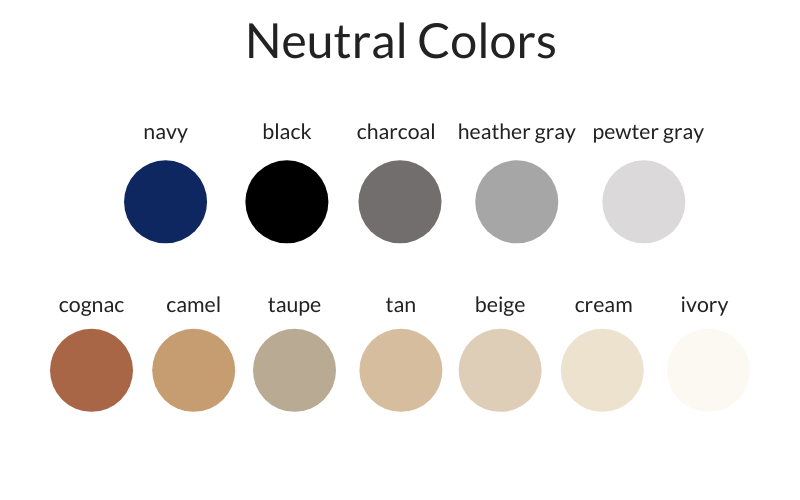
Neutral colors are like the chameleons of the color world. They seem to lack vibrant color on their own, but they actually have subtle tones hiding beneath the surface.
Think of shades like beige, taupe, gray, cream, brown, black, and white. These colors don’t sit on the color wheel like red or blue do, but they’re like the supporting actors that make the main colors shine.
When you mix primary colors like red, blue, and yellow, you get a whole spectrum of other colors. And if you mix two primary colors, you get secondary colors like green, orange, and purple.
Now, neutral colors are sneaky because they can change depending on the lighting.
For instance, a color like “greige” is a mix of light gray and beige. In natural sunlight, it might look more yellowish, but under fluorescent lights, it might lean more towards gray.
Why Are Neutral Colors So Useful?
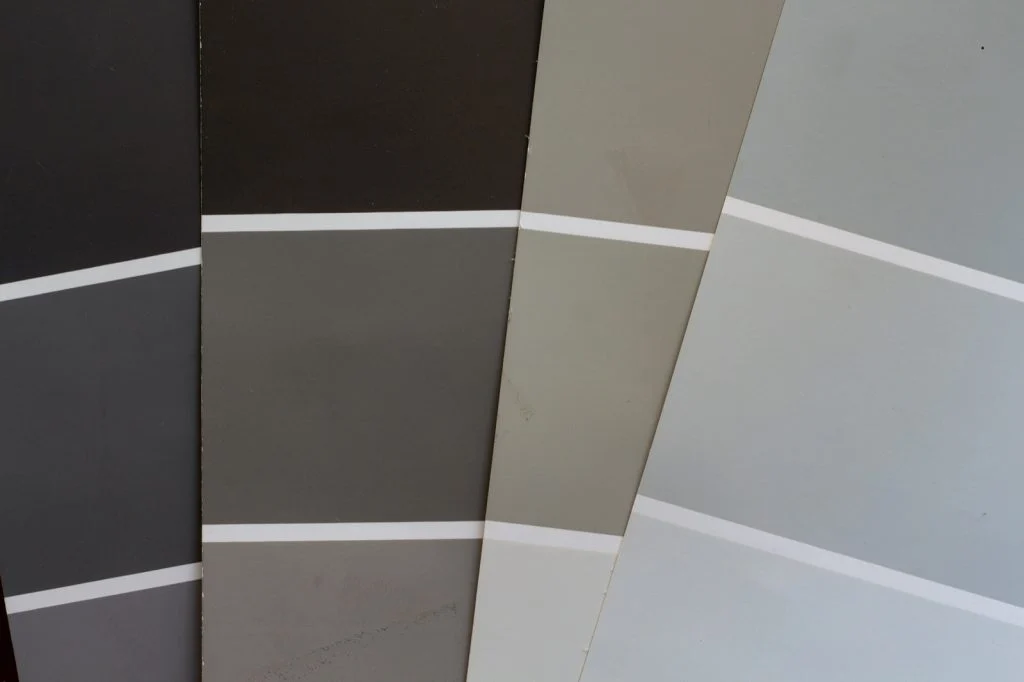
Neutral colors are like the unsung heroes of the color palette, quietly doing their job in the background while others steal the spotlight.
Here’s why they’re so useful:
- Visually Restful: While vibrant colors can be exciting, they can also tire out your eyes. Neutral colors, on the other hand, lack that intense saturation, making them easy on the eyes and creating a sense of peace in a space.
- Won’t Interfere With Decorations: Neutrals are team players. They provide a subtle backdrop that allows other colors and decorations to shine. Plus, they add depth to a room without overwhelming it.
- Fights the Busyness Effect: Too many bold patterns or textures can be overwhelming. Neutral colors act as a buffer, allowing you to appreciate those intricate details without feeling visually overloaded.
- Works With All Decorating Styles: No matter your aesthetic preferences, neutrals are versatile enough to complement any style, whether it’s minimalist or traditional.
- Silently Helps With Coolness or Warmness: Neutrals can subtly influence the atmosphere of a space. Lighter neutrals can create a peaceful, cool vibe, while warmer neutrals evoke coziness and warmth.
- A Timeless Option: Trends come and go, but neutrals remain timeless. Opting for neutrals ensures that your design won’t look outdated as trends change, saving you time and money in the long run.
- Resale Value Increases: While trendy colors may fetch a higher price initially, neutrals have broader appeal and retain their value over time, making them a safer investment.
- Alterations Made Easy With Neutrals: If you ever decide to change up your decor, starting with a neutral base makes alterations a breeze. You won’t have to overhaul everything, saving you time and effort.
Different Types of Neutral Colors
The foundational neutral color palette encompasses black, white, brown, and gray, interspersed with an array of intermediate shades.
Within this palette, there exists a spectrum of neutral color categories that warrant exploration.
Warm & Cool Neutral Colors

Warm neutrals have a cozy vibe to them. They have undertones of colors like yellow, orange, or pink mixed with the basic neutral tones. So, when you think of warm neutrals, picture colors like beige, tan, or even gold.
On the other hand, cool neutrals feel more refreshing. They have undertones of colors like blue, purple, or green blended with the neutral base. So, colors like gray, taupe, or ivory fall into the category of cool neutrals.
So, whether you want a cozy feel with warm neutrals or a more refreshing ambiance with cool neutrals, there’s a wide range of neutral colors to choose from!
Tints & Shades of Neutral

Neutral colors are like the chameleons of the color world – they can blend in or stand out, depending on how they’re used. There are two main types: pure neutrals and near-neutrals.
Pure neutrals are the OGs of neutral colors. They include black, white, brown, and gray.
These colors are totally saturated, meaning they don’t lean towards any other color. Think of them as the building blocks of neutrality.
Then we have near-neutrals, which are like hybrids of pure neutrals and other colors. They’re created when you mix a primary color with one of the pure neutrals.
For example, mixing yellow with brown gives you tan, a near-neutral shade. Near-neutrals aren’t as saturated as pure neutrals, so they have a softer look.
But here’s where it gets interesting: when you pair a neutral color with a bold, vibrant shade, it can make that vibrant color pop even more. It’s like giving it a spotlight in a neutral-colored room.
So, neutral colors aren’t just background players – they can play a big role in making other colors shine.
Colors That Make Up a Neutral Color Palette
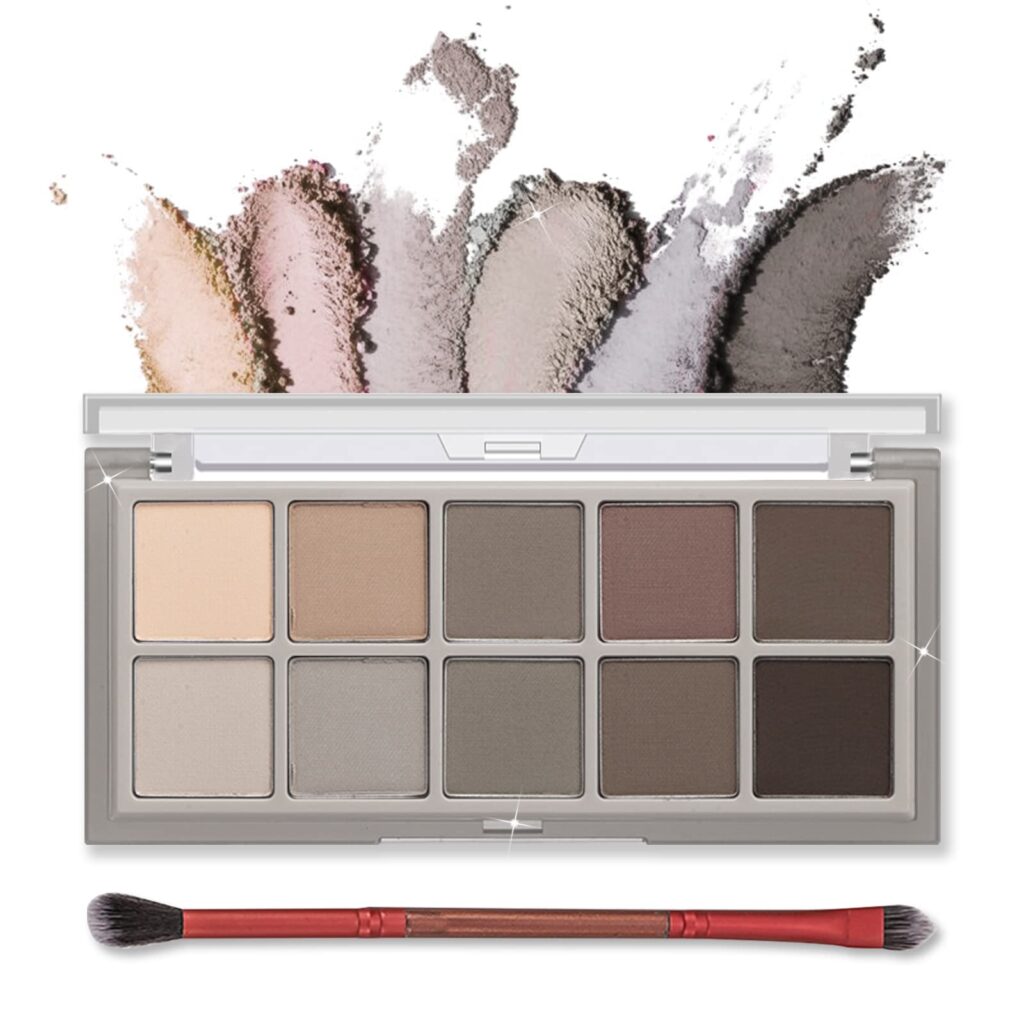
Neutral color palettes are like the backbone of colors that go well with almost anything.
They include black, white, brown, and gray as the main players. These are what we call ‘pure neutrals.’ They’re fully saturated and don’t have any hidden tones.
Now, let’s talk about the pals of these pure neutrals, the ‘near-neutrals.’ They come into play when you mix a primary color with one of those pure neutrals.
For example, if you mix yellow with brown, you get a color like tan. Near-neutrals are less intense than the pure ones.
Then, we have the ‘warm’ and ‘cool’ neutrals. They’re born when you mix the pure neutrals with primary colors. Warm neutrals have hints of yellow, orange, or pink, like beige or tan.
On the other hand, cool neutrals carry tones of blue, purple, or green, such as gray or taupe.
So, whether you’re painting a room or picking out clothes, understanding these neutral color palettes can help you create a harmonious look that’s easy on the eyes.
Advantages of Decorating With a Neutral Color Palette
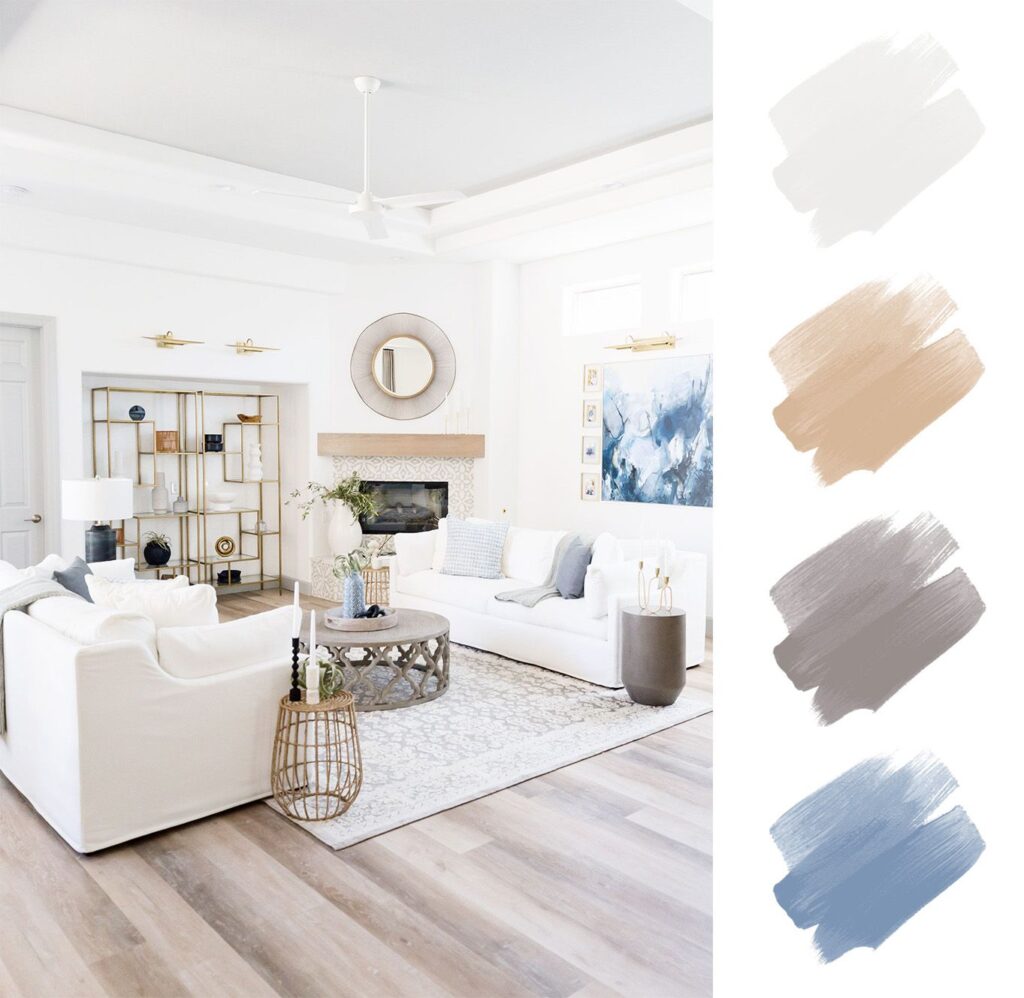
Decorating with a neutral color palette offers several advantages that can truly transform your living space:
- Versatile Foundation: Neutral colors provide a versatile foundation for your decor. By starting with neutral tones on your walls or larger furniture pieces, you have a flexible base to work with. This allows you to easily incorporate accent colors or bold patterns without overwhelming the room. Instead of feeling cluttered or chaotic, the neutral backdrop creates balance, allowing your accessories and patterns to shine.
- Timeless Adaptability: Neutrals have a timeless quality that makes them adaptable to changing styles and preferences. Whether your tastes evolve with the seasons or you simply want to refresh your decor, neutral color schemes make it easy to introduce new elements. From switching out throw pillows to updating curtains, you can seamlessly integrate different colors and designs without clashing with your existing decor.
- Calming Atmosphere: Unlike bold, vibrant colors that can be stimulating or overwhelming, neutral tones have a calming effect on a room. These soft hues create a sense of tranquility and harmony, making your space feel inviting and peaceful. With their gentle, natural appearance, neutral colors effortlessly transition from one area to the next, contributing to a cohesive and relaxing environment.
- Compatibility with Various Styles: Neutral color palettes are incredibly versatile and can complement a wide range of interior design styles. Whether you prefer modern minimalism, rustic charm, or elegant art deco, neutrals serve as a neutral backdrop that enhances the aesthetic of any space. From balancing geometric patterns to creating a sleek, streamlined look, neutral shades adapt to different design elements and tones, making them suitable for any decorating style.
Tips for Decorating with Neutral Colors

When decorating with neutral colors, there are several tips to keep in mind to create a versatile and visually appealing space.
- Play with Tints: Adding subtle hints of color within your neutral palette can make certain areas of your room stand out. For instance, pairing sage green with predominantly gray and white tones can inject a refreshing burst of color. Similarly, a touch of pink can complement warmer neutrals like gold or beige, adding depth and interest to the space.
- Consider Lighting: The lighting in a room can significantly influence how colors are perceived. Artificial lighting, which often emits a yellow hue, tends to enhance warmer neutrals. Take into account factors like the time of day, season, and orientation of the room to natural light sources. For example, northern light tends to cast a blue tint, affecting how neutrals appear. Also, remember that white paint comes in various shades, each reacting differently to natural light.
- Accessorize with Color: While large furniture pieces in neutral tones can create a serene atmosphere, don’t shy away from adding pops of color through accessories. Items like throw pillows, artwork, or curtains offer opportunities to infuse personality and vibrancy into the space. Plus, since these accessories are easily interchangeable, you can effortlessly update your room’s look to suit different seasons or moods.
- Choose Wisely: Not all neutral colors are created equal. Darker, cooler neutrals can evoke a sense of coziness, perfect for creating intimate spaces, while lighter neutrals can open up a room, making it feel more spacious. Consider the desired ambiance and function of the room when selecting a neutral color scheme that best complements your design goals.
What Neutral Colors are Best For Living Rooms?
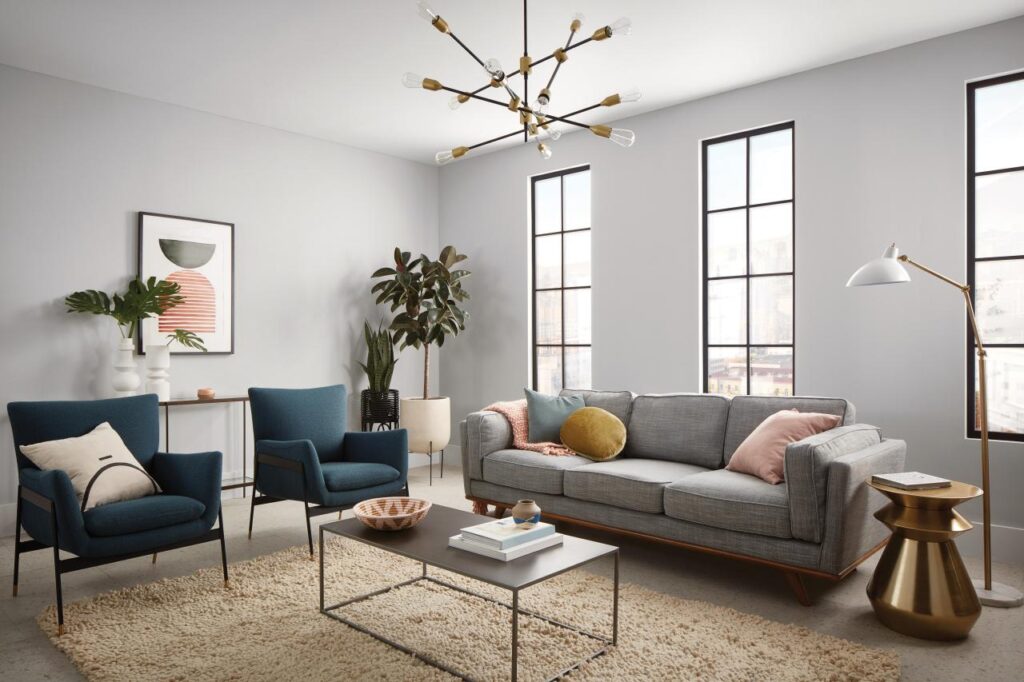
When it comes to picking neutral colors for your living room, white stands out as a popular choice for good reason. It’s like a blank canvas that can blend seamlessly with any other colors you bring in.
But not all whites are the same, and the amount of natural light your living room gets plays a big role in choosing the right shade.
If your living room gets plenty of sunlight pouring in, you might want to go for a bright white with cooler undertones. This type of white can enhance the brightness and openness of your space, making it feel fresh and airy.
On the other hand, if your living room has limited natural light and relies more on lamps for illumination, a warmer neutral might be a better fit.
Think of taupe, cream, or greige (a blend of gray and beige) with a bit more depth and warmth. This choice can prevent your space from feeling too stark or lifeless, adding coziness and dimension.
So, consider your lighting situation carefully when choosing neutral colors for your living room.
Whether you opt for a bright white or a warmer neutral, the goal is to create a welcoming and harmonious space where you can relax and entertain with ease.
Conclusion
In conclusion, neutral colors play a pivotal role in design, offering a versatile and timeless foundation that enhances the beauty of any space.
From their ability to create a visually restful atmosphere to their seamless compatibility with various styles, neutrals serve as the unsung heroes of color palettes.
Whether warm or cool, light or dark, neutral tones provide a calming backdrop that allows other colors and decorations to shine, while also offering flexibility for future changes.
By understanding the nuances of neutral colors and incorporating them thoughtfully into our designs, we can create harmonious and inviting spaces that stand the test of time.
So, let’s embrace the subtle yet substantial influence of neutral colors, recognizing their invaluable contribution to the world of design and beyond.

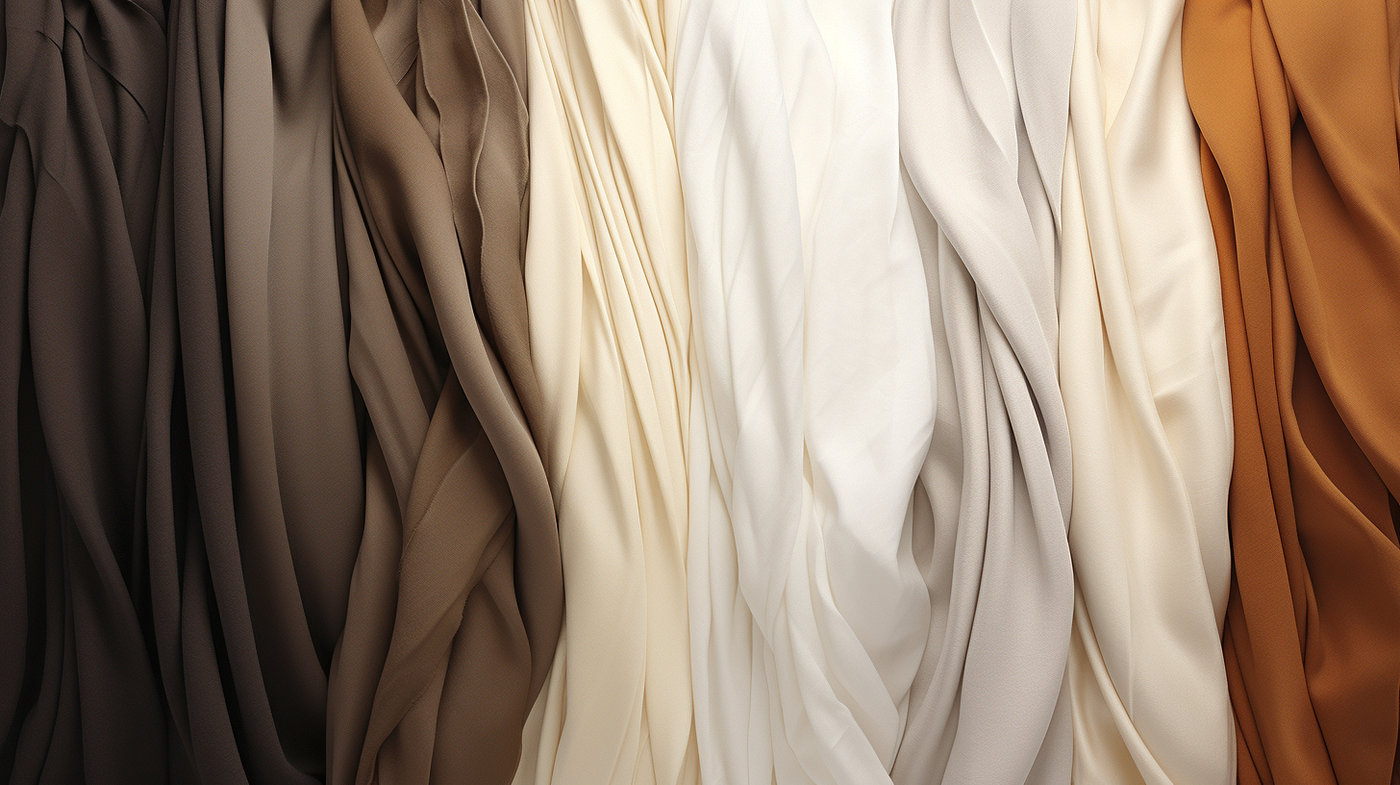
Leave a Reply